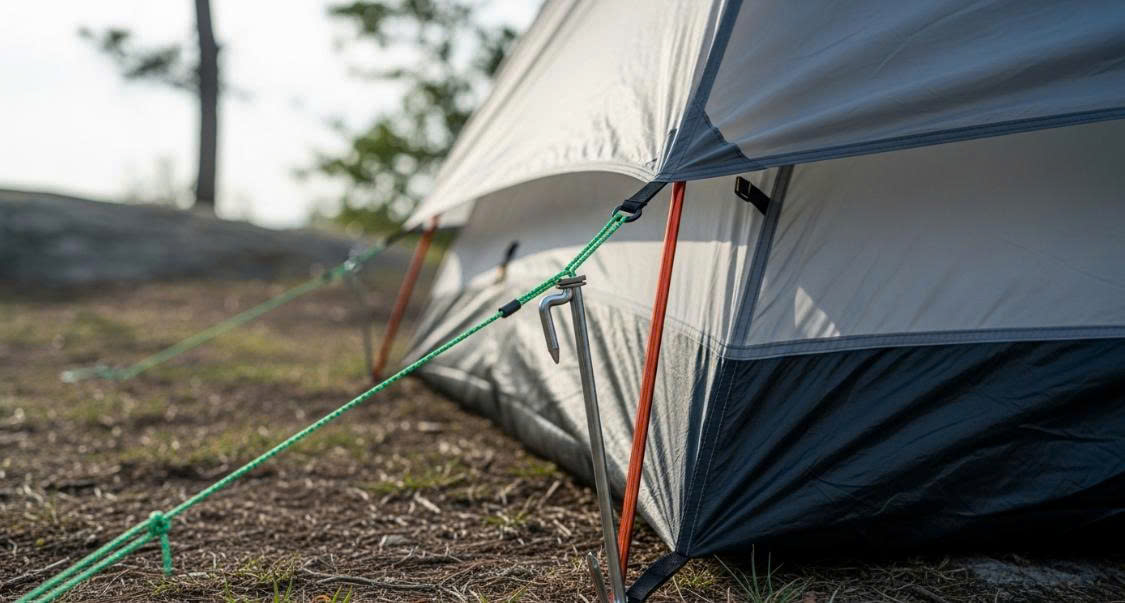What is an Eagle in Golf: Scoring Term Explained
Table of Contents
Understanding Eagles in Golf
In the game of golf, players keep track of their scores by totaling the number of strokes it takes them to get the ball into the hole on each hole. The goal is to take as few strokes as possible. As such, golf has terminology for exceptionally good scores on holes relative to their expected difficulty.
The Meaning of an Eagle in Golf
An "eagle" in golf refers to completing a hole two strokes under par. For example, a par 5 hole expects golfers to reach the hole in 5 strokes. If a golfer completes that par 5 hole in only 3 strokes, they have scored an eagle.
Eagles are exceptional scores that demonstrate great skill, power, and accuracy off the tee and with approach shots. Making an eagle requires golfers to reach the green in fewer shots than expected, allowing them to minimize their putts to finish the hole.
How Eagles Compare to Other Golf Scores
Understanding an eagle requires knowing how it compares to other scores in golf:
- Double Bogey or Worse: A double bogey is two strokes over par or worse for a hole. These are poor scores.
- Bogey: A bogey is finishing one stroke over par.
- Par: Completing a hole in the expected number of strokes.
- Birdie: Equal to one stroke under par.
- Eagle: Two strokes under par.
- Double Eagle: Three strokes under par. Also known as an "albatross."
As you move down that list from double bogey to double eagle, the scores get progressively better. Eagles beat most golfers on a given hole and demonstrate quality striking and accuracy.
Eagle Probability by Par of the Hole
The par of each golf hole determines that hole's expected difficulty. As such, eagles become less common on holes with higher par:
- Par 3's: Eagles are extremely rare on par 3's. A hole-in-one would be required, which even pros may go entire careers without making one.
- Par 4's: Making eagle on a par 4 requires reaching the green off the tee and sinking the putt. This is rare even for pros.
- Par 5's: Eagles happen most commonly on par 5 holes as athletes can reach the green in 2 shots and sink the putt.
In general, recreational golfers have the highest eagle probability on longer par 5 holes that fit their driving distance capabilities off the tee. Pros playing on major tournament courses can still register eagles thanks to their length and precision.
Importance of Eagles in Golf Scoring
Beyond representing a great score on a single hole, registering an eagle or two during a golf round can make a massive impact on your overall score:
Eagles Improve Your Scorecard Position
Eagles immediately move you under par for not just that hole but also your overall round score relative to par. Every eagle gets you two strokes closer to beating par for the full course.
Having one or more eagles puts your total scorecard in a better position to finish under par for the round.
Eagles Offset Bogeys or Worse
During nearly every golf round, athletes will record some bad holes with bogeys or worse. Maybe a tee shot went out-of-bounds. Perhaps an approach ended up in a hazard.
Making an eagle or two gives you a two-stroke buffer on every poor hole. One eagle can offset one double-bogey and still keep you at par or better for those two holes of your card.
Eagles provide room for mistakes during a round.
Eagles Boost Morale and Confidence
Beyond the scorecard, registering an eagle gives a mental and emotional boost. That sensation of jubilation from a great shot into the green and putt for eagle carries positive momentum.
The confidence and adrenaline rush of an eagle often translates into better focus and scores on the coming holes. Golfers feel like they can attack pins and make more birdies or eagles.
Eagle Rankings and Statistics
Measuring eagles provides interesting stats across varying levels of golf:
Eagles on Professional Tours
The best metrics come from the elite professional tours like the PGA Tour and LPGA Tour. Per the 2022 PGA Tour season:
- The average tour pro made 5.94 eagles for the season
- Top players like Cameron Young led with 32 eagles
The LPGA Tour sees slightly fewer eagles but still several per season from top players looking to go very low.
Eagles for Amateurs
Amateur club golfers will see far fewer eagles in their rounds and seasons:
- Better amateurs may average 1 to 2 eagles per season
- Average players could see an eagle once every few seasons if at all
The best amateur chances come on shorter par 5 holes that they can reach near the green in two shots.
Most Eagles in One Round
Seeing multiple eagles in the same round represents an incredible feat. A few key records include:
- PGA Tour: 5 eagles in same round by Scott Piercy
- LPGA Tour: 4 eagles in same round by several players
- Amateurs: Maybe 2 to 3 eagles would be the rare max in one recreational round
Those multi-eagle rounds demonstrate nearly perfect execution from tee to green while pouring in putts.
Frequently Asked Questions
What is considered an eagle in golf scoring?
An eagle in golf is finishing a hole with a score that is 2 strokes under par. For example, completing a par 5 hole in 3 strokes instead of the expected 5 strokes.
How often do PGA Tour pros make eagles?
The average professional on the PGA Tour makes nearly 6 eagles per season. Top players like Cameron Young made over 30 eagles in 2022 tour events.
What are some tips for making an eagle in golf?
Focus on par 5 holes where you can reach the green in 2 shots. Strive for max distance off the tee, accurate approach shots near the pin, and make the eagle putt.
What's better than an eagle in golf?
The only better score than an eagle is a double eagle, also known as an albatross. That's finishing a hole 3 strokes under par, which is extremely rare.






.jpg)
.jpg)






